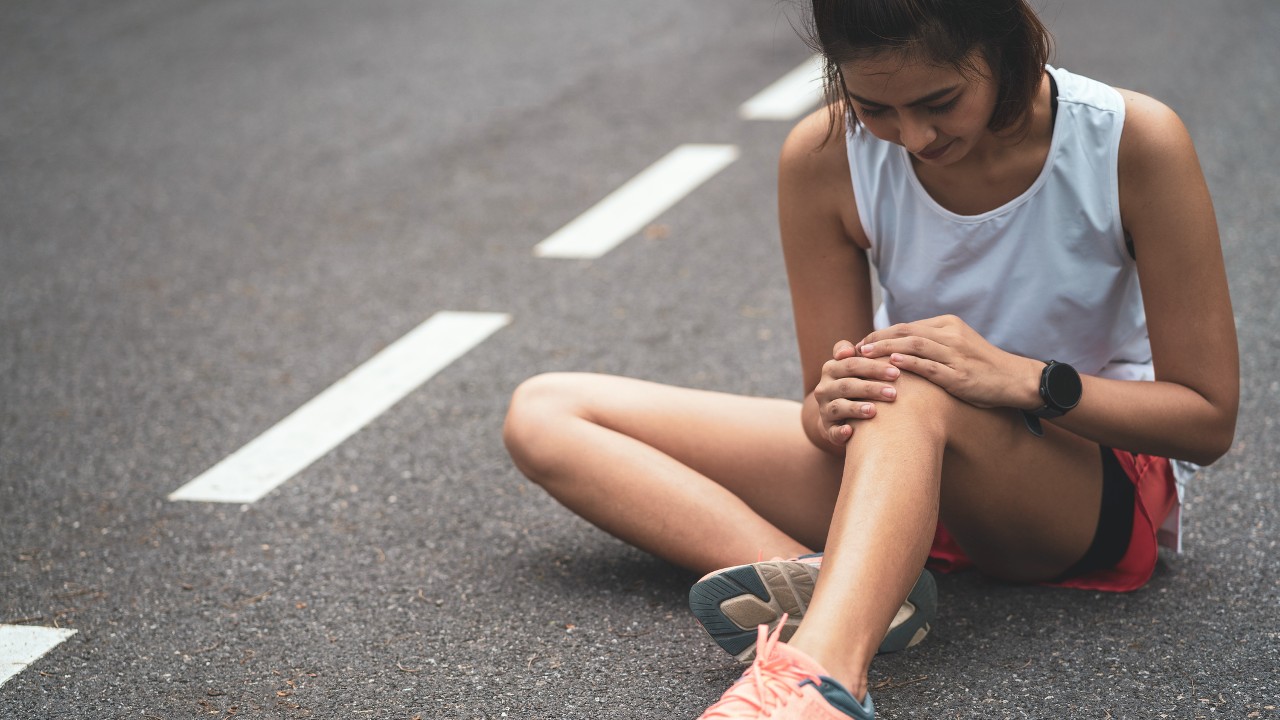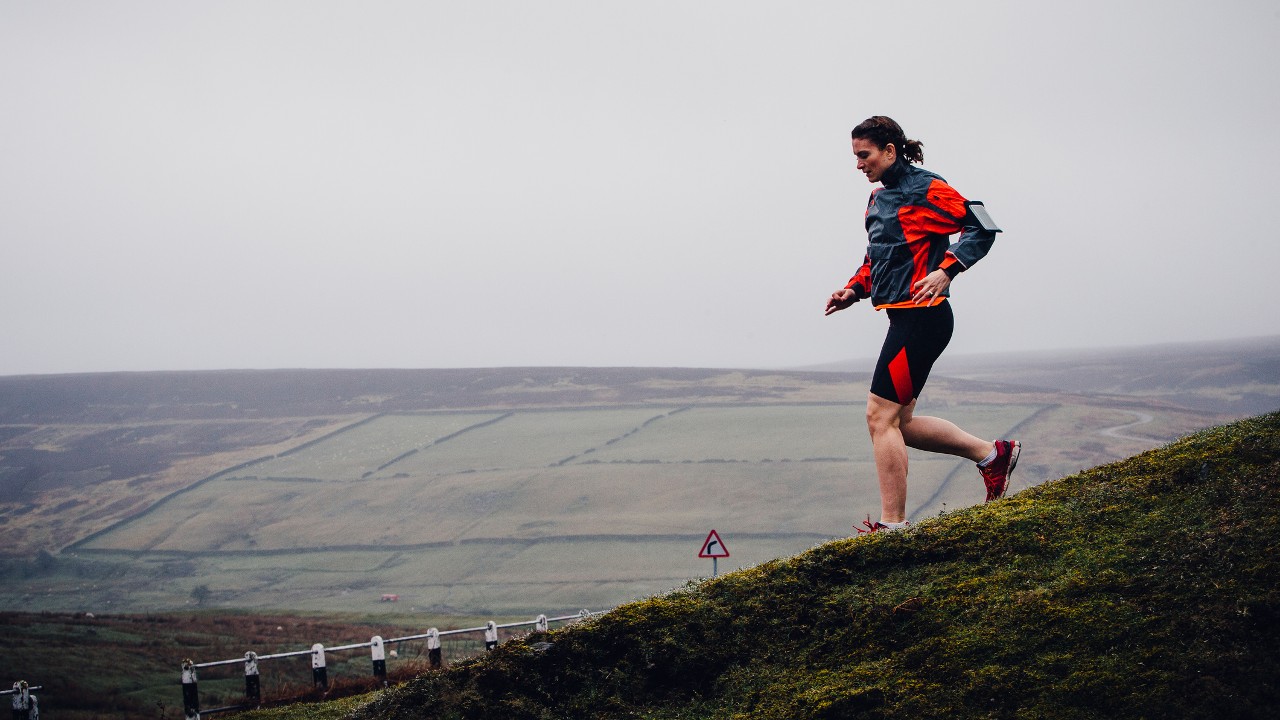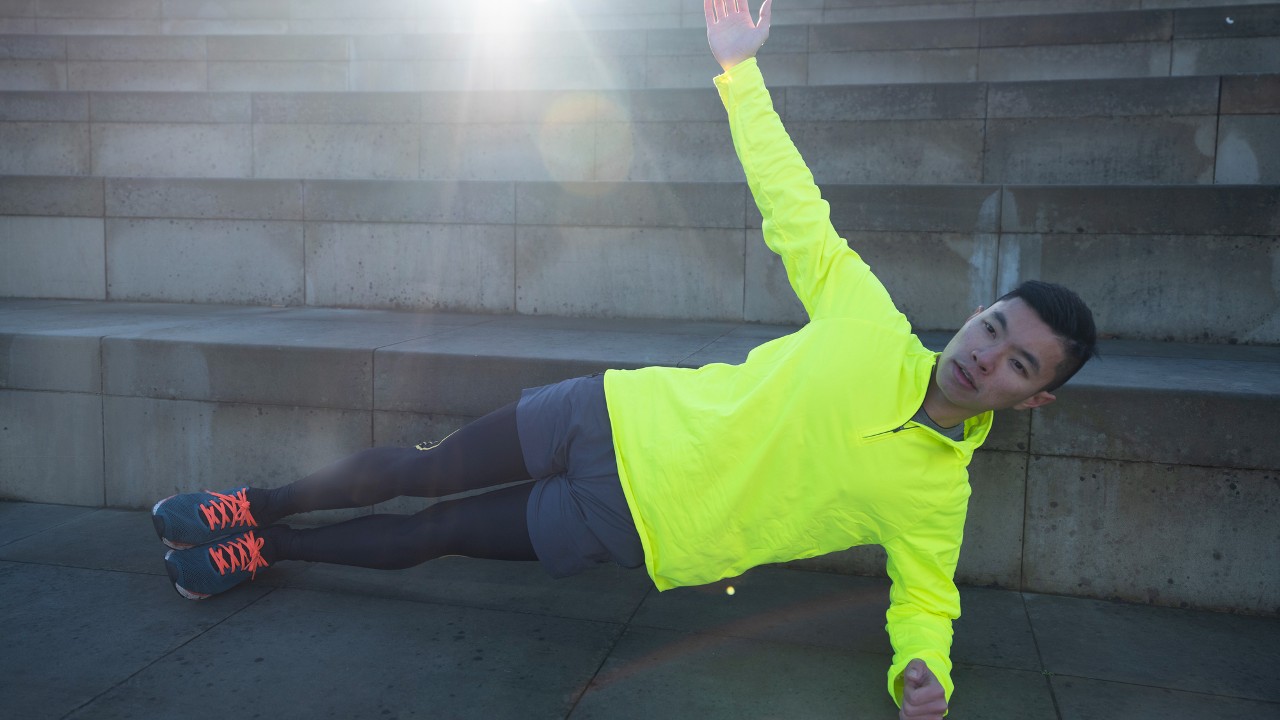Is Running Bad For Your Knees? We Asked A Top Expert
The short answer is no, but it certainly pays to be careful when running regularly

There are a lot of preconceptions about running and one of the most common is that it’s bad for your knees. As with much received wisdom, there’s some truth to it – running is a high-impact sport and people can hurt their knees doing it. One of the most common running injuries is called runner’s knee, after all.
However, it’s not true to simply say that running is bad for your knees. We know that because it was the first question we asked professor Paul Lee, medical director at MSK Doctors and an orthopaedic surgeon who specialises in knee and hip conditions.
Professor Paul Lee is a double board-certified orthopaedic surgeon who specialises in knee and hip conditions, and sports medicine. Lee is a medical director at MSK Doctors on Harley Street, has over 50 peer-reviewed publications and has written textbooks, as well as having treated Premier League footballers for sports injuries.
Is running bad for your knees?
The short answer is no. In moderation, exercise is good. It all depends on how you run – your running style, the terrain and your footwear.
Running style has a big influence on your knees and body. When you become fatigued, your muscles tend to become a little bit lax. If you carry on running the form of your body will change and you won’t run as smoothly. The loading on your kneecap as well as on your joint changes significantly. One of the ways to counteract that is by training your core.
Also, running on a flat surface doesn’t affect the kneecap as much, but running up and down hills creates a lot of pressure on the kneecap, especially downhill running.
Running shoes also make a very big difference. You don’t want to use one pair of running shoes. Get different styles of shoes, have a mix of brands, so when you run, you challenge your whole-body biomechanics slightly differently. It will reduce the chance of you getting repetitive strain injuries – and a lot of the injuries around the knee are repetitive strain. One of the main reasons for that is that people have not rested enough between runs, and the body didn’t get a chance to recover.

How can you tell if your form is changing during a run?
Ask a running partner to film you for 10 seconds at the beginning of the run and then for 10 seconds at the end of the run as well. Look at the difference in your form. Most people can easily tell if it doesn’t look quite right. If you are pushing too hard then you probably need to rest for another day, or reduce your run by half an hour. Then slowly build back up.
What are some common knee injuries that runners suffer?
Common injuries around the knees are anterior knee pain and shin splints. Anterior knee pain, which is suffered by a lot of runners, comes from putting a lot of stress on the front part of the knee. Between the kneecap and the thigh bone itself there are a lot of complicated mechanisms. It’s very difficult to diagnose what exactly is the problem. If you have this sort of injury, my first advice is change your trainers, rest for a few days, and then go again and test it out. If it continues for more than a month even though you have rested and changed your trainers, I suggest seeking professional help. Go straight for an MRI scan – a standard X-ray won't really help.
The other thing is shin splints. Shin splints are usually caused more by your footwear itself. Usually patients have very tight achilles tendons or tight tibialis posterior tendons, and that leads to changes in biomechanics. That will then lead to issues and cause pain around the shins.
How can you prevent knee pain?
Doing core exercises are really important, don’t skip them. Warming up is important. Stretching – don’t do it at the beginning [of a run], do it at the end; it really does make a difference. Stretching the iliotibial band around the knee will really help to reduce the transport friction syndrome on this tissue.

- Try these 15-minute core workouts for runners
- How to warm up for a run
- Nine stretches for runners to help speed up your recovery
If done correctly, does running help knee health?
Running generally is good for you. I am a specialist knee surgeon, but at the end of the day life does not just revolve around your knees. The biggest benefit of running is to your cardiovascular fitness, but it does stress your joints – if you overdo it, it will hurt your knees, you will damage the cartilage and you can cause irreversible damage. But at the same time, if you do it in moderation and you do it appropriately and safely, it will build your muscles. By building the muscle it reduces the load around your knee.
Sign up for workout ideas, training advice, reviews of the latest gear and more.
There are two very interesting studies that I talk to my patients about. One is where patients had an MRI scan before a marathon, and then 24 hours after and six weeks after. They looked at any lesion within the bone, within the cartilage, within the meniscus. Even if you are a well-trained athlete, after a marathon you will still have bone bruising and meniscus bruising around your joint. The good news is with appropriate rest at six weeks, most of this bruising will go away. I cannot stress enough [the importance of] taking appropriate time to rest.
The other study shows that doing long-distance running repetitively does not thin your cartilage out. What it actually does is thicken your cartilage slightly. Again, the big “but” there is you have to make sure there is enough rest. In the same study, they say that if people don’t have enough rest, it does cause cartilage damage and create cartilage lesions, and make people have arthritis sooner.
The answer to “is running good for your knees?” is yes, if you have appropriate rest in between.

Nick Harris-Fry is a journalist who has been covering health and fitness since 2015. Nick is an avid runner, covering 70-110km a week, which gives him ample opportunity to test a wide range of running shoes and running gear. He is also the chief tester for fitness trackers and running watches, treadmills and exercise bikes, and workout headphones.
